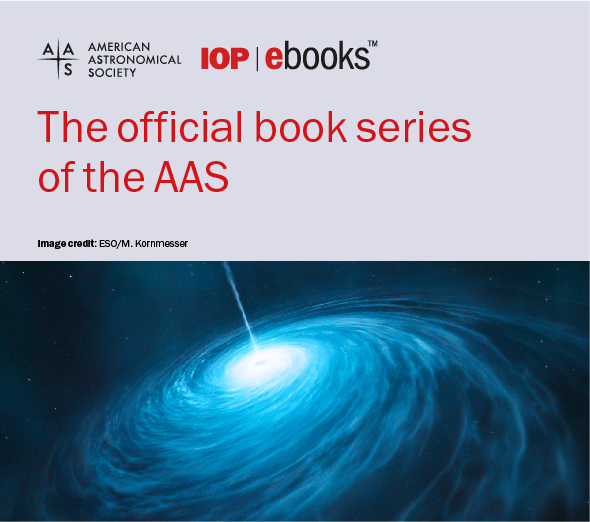Authors have the option to include names in Chinese, Japanese, or Korean (CJK) characters in addition to the English name. The names will be displayed in parentheses after the English name. It is at the discretion of the individual authors whether or not to include a CJK version of their names; it is not necessary for all authors to include a CJK name if only one author wishes to do so. It is the responsibility of the authors to check the accuracy and formatting of the names in the final proofs that they receive prior to publication.
Including author names using Chinese, Japanese, and Korean characters
Microsoft Word
Please use an appropriate Input Method Editor (IME) and standard Microsoft fonts to include the CJK characters.
LaTeX
Please use the CJK package, available from the Comprehensive TeX Archive: https://ctan.org/pkg/cjk?lang=en.
Users should be aware that this is a very large and complicated package that relies on a large number of fonts. We recommend using a pre-built TeX distribution that includes this package and all of the fonts by default, so that manual configuration is not required. The TeX Live distribution, which is available on all major platforms (Macintosh, Windows and Linux), would be a good choice. See this TeX Live + CJK tutorial, for example.
The documentation for the CJK package gives information on how CJK characters can be included in TeX files. Most authors will find it convenient to include the characters in one of the standard encodings such as UTF-8, GB or JIS, if they have access to a text editor that supports such encodings.
Schematically, the LaTeX coding would look similar to the following for AASTeX v6.0 and earlier versions of AASTeX and also emulateapj:
\documentclass[manuscript]{aastex6}
\usepackage{CJK}
...
\begin{document}
\begin{CJK*}{UTF8}{gbsn}
\title{Title of article}
\author{Author Name (米老鼠)\altaffilmark{1}}
\affil{Department, University, City, Country}
...
\end{CJK*}
\end{document}
For users of AASTeX v6.1 and later the LaTeX markup for authors and affiliations are segregated and the example code is slightly different:
\documentclass[manuscript]{aastex61}
\usepackage{CJK}
...
\begin{document}
\begin{CJK*}{UTF8}{gbsn}
\title{Title of article}
\author{Author Name (米老鼠)}
\affiliation{Department, University, City, Country}
...
\end{CJK*}
\end{document}
Workarounds
Please note that because the frontmatter is inserted into the document silently (by the first \section call) one must not “\end” the CJK package until after the first \section call else the title and authors will be expunged from the compiled manuscript. The examples above close CJK at the end of the document, but if you are using other font libraries simultaneously there maybe conflicts in the main text.
Thus, the work arounds for this issue are (a) to wrap the entire manuscript:
\end{CJK*}
\end{document}
or (b) close CJK after starting the first section:
\section{Introduction}\label{sec:intro}
\end{CJK*}
This latter solution means you can start a new
\begin{CJK*}...\end{CJK*}
block elsewhere in the text and perhaps avoid issues with font conflicts in the main text of your preprint.




